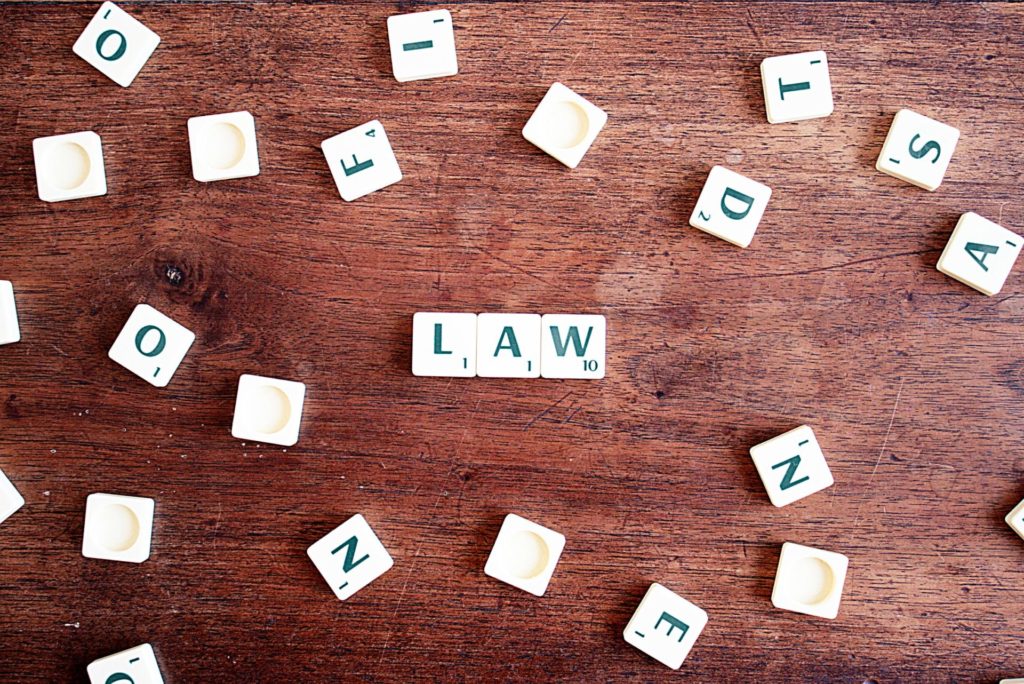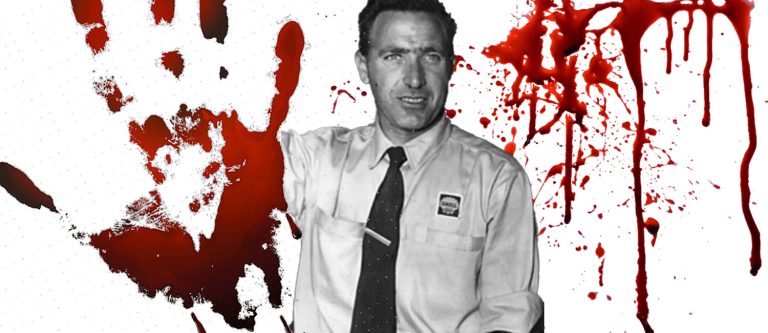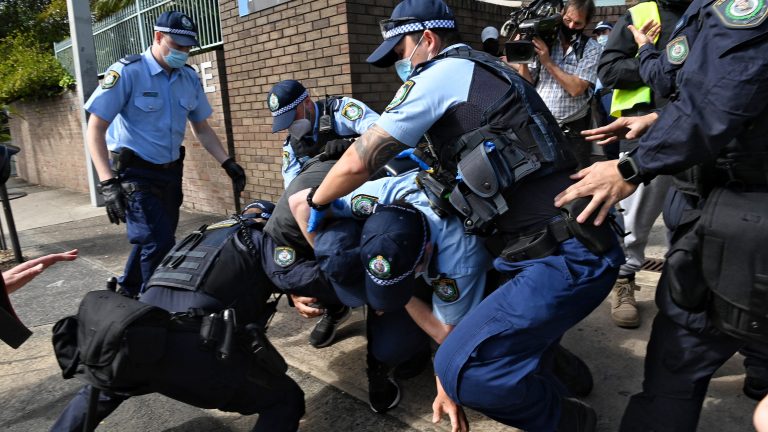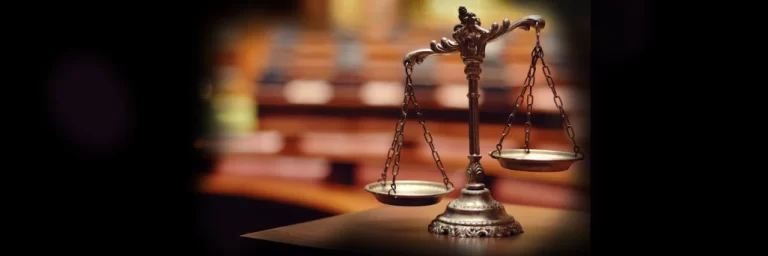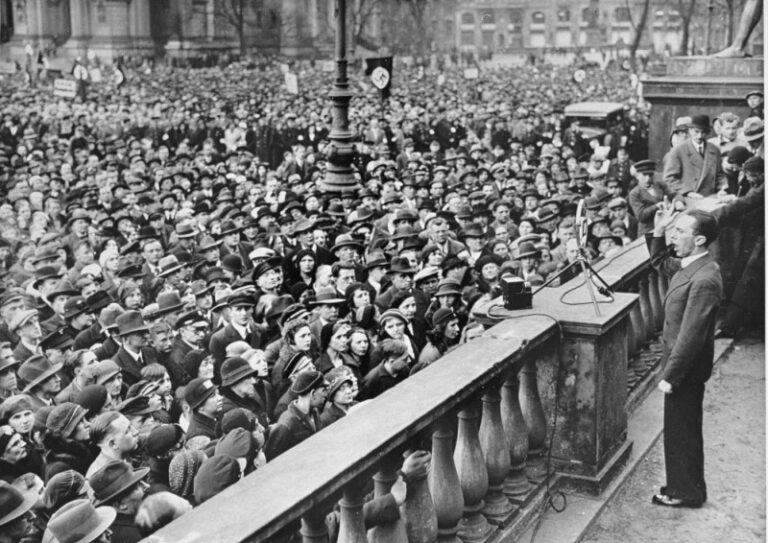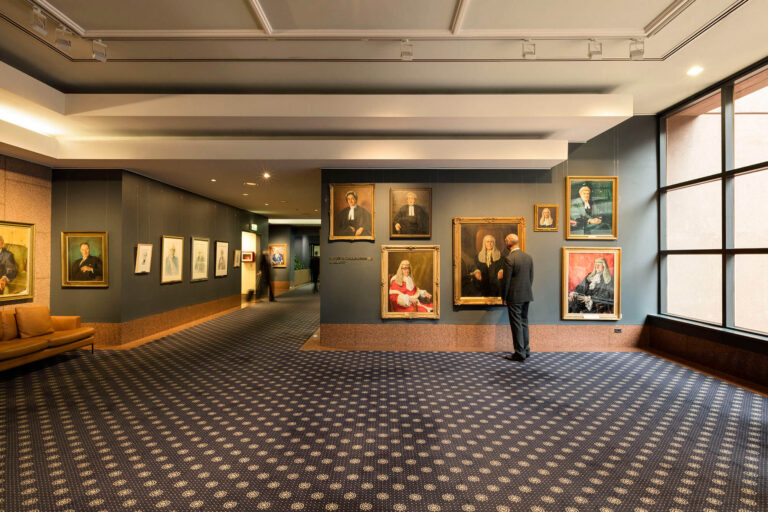Expert Evidence Part 2: Legislation and Case Law
Table of Contents
In the previous article, Expert Evidence Part I, I discussed the history of the development of expert evidence over the past few hundred years as it related to the UK and the US, culminating in the Frye Acceptance Standard and the Daubert Standard which developed in the US but has been applied in the UK. While these standards have been referred to in Australian judgments, they are not strictly followed. In this article, I will review expert evidence as it relates to Australian law, with a focus on criminal law in NSW.
NSW and Commonwealth Legislation
The Federal Courts
There are four layers of the Federal courts which have distinct functions which can be described under their four headings:
- The High Court of Australia is the highest court and the final court of appeal in Australia. It considers matters relating to the Constitution and final appeals in civil and criminal matters.
- The Federal Court of Australia considers matters on a range of issues including bankruptcy, taxation, industrial relations, native title as well as appeals from the Federal Circuit Court.
- The Family Court of Australia specialises in matters related to family disputes and appeals from the Federal Circuit Court.
- The Federal Circuit Court of Australia considers matters of a less complicated nature including family law, child support, administrative law, bankruptcy, human rights, and others.
The legislation that relates to how expert witnesses are dealt with in these courts is covered in the Evidence Act 1995 (Cth) and the Federal Court Rules 2011 (Cth). The relevant functions of these acts are described below.
Evidence Act 1995
As discussed in the Part 1 article, opinion evidence is not generally allowed in trials for obvious reasons, but its use has been developing where the opinion is provided by someone with a specialised knowledge and this knowledge can assist the court. In the Federal Court, the Evidence Act 1995[1] sets out how opinion evidence is usually excluded[2] but identifies a number of exclusions, including where the evidence is provided by someone with ‘specialised knowledge’[3].
The sections are copied below, let’s take a closer look.
s 76 (1) The opinion rule[4]
1 Evidence of an opinion is not admissible to prove the existence of a fact about the existence of which the opinion was expressed.
In essence this means that evidence provided to the court cannot be on the basis of opinion or conjecture; the court will only consider evidence that is based on observation or some other form of direct evidence. The Act provides a couple of examples for clarity:
- P sues D, her doctor, for the negligent performance of a surgical operation. Unless an exception to the opinion rule applies, P’s neighbour, W, who had the same operation, cannot give evidence of his opinion that D had not performed the operation as well as his own.
- P considers that electrical work that D, an electrician, has done for her is unsatisfactory. Unless an exception to the opinion rule applies, P cannot give evidence of her opinion that D does not have the necessary skills to do electrical work.
However, the Evidence Act[5] does allow a number of exceptions. Of these, s 79[6], allows opinion evidence to be provided by experts who are described as ‘persons with specialised knowledge’.
s 79 Exception: opinions based on specialised knowledge
1 If a person has specialised knowledge based on the person’s training, study or experience, the opinion rule does not apply to evidence of an opinion of that person that is wholly or substantially based on that knowledge.
2 To avoid doubt, and without limiting subsection (1):
a) a reference in that subsection to specialised knowledge includes a reference to specialised knowledge of child development and child behaviour (including specialised knowledge of the impact of sexual abuse on children and their development and behaviour during and following the abuse); and
b) a reference in that subsection to an opinion of a person includes, if the person has specialised knowledge of the kind referred to in paragraph (a), a reference to an opinion relating to either or both of the following:
i) the development and behaviour of children generally;
ii) the development and behaviour of children who have been victims of sexual offences, or offences similar to sexual offences.
This means that while an expert is able to provide an opinion for the court’s consideration, it must be an opinion supported by the person’s training, study or experience AND the opinion must be wholly or substantially based on that knowledge. While not exactly the same, this is not dissimilar from the principles set out by the Frye Acceptance standard developed in the US[7] and subsequently used in the UK[8].
Federal Court Rules 2011[9]
The Federal Court Rules[10] apply to the umbrella of courts under the Federal court system which include the High Court of Australia, the Federal Court of Australia, the Family Court of Australia, and the Federal Circuit Court of Australia. The Federal Court Rules discuss court experts under Part 23 – Experts. Part 23 lists a number of subheadings controlling the use of court experts[11] and party experts[12].
The rules are copied below, let’s look at them in more detail.
The Court Can Appoint an Expert
The Federal Court rules stipulate that a party can apply to the Court to have an expert appointed to provide an opinion relevant to any question arising from the proceeding. The rules do not separately define what an expert is but refers the reader to the Dictionary meaning.
This approach is used particularly commonly in the Family Court where the court appoints an expert to assess family dynamics along with psychological and psychiatric problems within the sphere of the family in dispute.
In some circumstances, a party may still provide an expert report provided it complies with the conditions set out by Division 23.2 and the court gives leave to adduce the evidence of their expert[13].
Rule 23.01 – Appointment of Court expert
1 A party may apply to the Court for an order:
a) that an expert be appointed (a Court expert) to inquire into and report on any question or on any facts relevant to any question arising in a proceeding; and
b) fixing the Court expert’s remuneration, including the cost of preparing the expert’s report; and
c) for the Court expert’s attendance before the Court; and
d) terminating the liability to pay the Court expert’s remuneration.
2 If the Court makes an order under paragraph (1)(b), the expert’s remuneration is payable jointly and severally by the parties.
Notes:
- Expert is defined in the Dictionary.
- The Court may give instructions relating to the inquiry and report including the carrying out of an experiment or test.
- The Court may make an order of its own motion—see rule 1.40.
Party Experts
Party’s can obtain reports from experts and call the expert in trial provided that:
- The report complies with rule 23.13[14] relating to the required contents of the expert report.
- The expert has been provided with guidelines for expert witnesses in court proceedings[15].
- The report provided includes a specified pattern of content including[16]:
- the signature of the expert who prepared the report; and
- an acknowledgement that the expert has read, understood and complied with the Practice Note; and
- particulars of the training, study or experience by which the expert has acquired specialised knowledge; and
- the questions that the expert was asked to address; and
- the factual findings or assumptions on which the expert’s opinion is based; and
- separately from the factual findings or assumptions, each of the expert’s opinions; and
- the reasons for each of the expert’s opinions; and
- an acknowledgement that the expert’s opinions are based wholly or substantially on the specialised knowledge mentioned in paragraph (c); and compliance with the Practice Note.
- If two or more parties intend to call experts to give opinion evidence on a similar or the same question, then any party can apply to the Court requesting an order for the experts to confer and collaborate to identify their differences of opinion, and that the examination of each expert occurs sequentially, and each can opine about the others opinion[17].
These rules reduce the likelihood of having multiple experts with disparate opinions that a court is unable to make sense of. A court appointed expert reduces the expert evidence to the opinion of a single professional. This has some appeal, especially in the family law arena because it reduces the psychological impact on parties who are already distressed and fighting an emotional if not a psychological war. However, it relies heavily on the idea that this one expert is correct. In some situations, the expert has an overwhelming power to mould the outcome of the trial.
On the other side, party experts can be forced to confer and even if they cannot agree, they must consider why they can’t agree and present the differences to the court. The court can then decide in full knowledge of the differences and the explanations for what the differences mean.
NSW State Courts
The State of NSW includes as many as eleven different layers or types of court and tribunal which together hear and make decisions on all legal matters within the state. These are:
- The Court of Appeal and Court of Criminal Appeal
- Supreme Court
- District Court
- Local Court
- NSW Civil and Administrative Tribunal
- Land and Environment Court
- Industrial Relations Commission
- Children’s Court
- Coroners Court
- Drug Court
- Dust and Diseases Tribunal
Expert opinion evidence may be used in matters in front of all of these courts and this is controlled by the Evidence Act 1995 (NSW) and the Uniform Civil Procedure Rules 2005 (NSW)
Evidence Act 1995 (NSW)
The Evidence Act in NSW is almost identical to the act used by the Commonwealth, and in relation to the s 79 exception relating to opinions based on specialised knowledge, they are identical[18].
Uniform Civil Procedure Rules 2005
The UCPR[19] set out the procedural rules relating to the use of expert opinion evidence under the following headings:
Part 31 Evidence
Division 2 Provisions applicable to expert witnesses generally
Subdivisions 1 Preliminary
Subdivision 2 Expert witnesses generally
Subdivision 3 Experts’ reports and expert evidence
Subdivision 4 Parties’ single experts
Subdivision 5 Court appointed experts
In many respects the UCP Rules[20] provide a similar framework to the Federal Court Rules[21]. In particular, the core similarities are that:
- The Court can appoint a single expert to assist the court[22];
- The Court can order that the parties jointly appoint an expert[23];
- The parties can adduce evidence from experts they appoint independently[24], although they must seek directions from the court first[25].
- Experts must abide by a specified code of conduct[26] and provide a report in a format that includes specific statements[27];
- Where multiple experts are used, the court may order that the experts join in conference to reach agreement or prepare a joint report[28].
There are procedural differences and while they are not important for the purpose of this article, if you are interested, you can review the UCPR here, and the Federal Court Rules here.
Common Law Issues
In Relation to the Admissibility of Expert Evidence
A Test for the Field of Expertise – HG v The Queen[29]
In HG v The Queen[30] the court considered the admissibility of the opinion evidence of a psychologist. The court considered that while some of the evidence was admissible under the s 79 exception for expert witnesses, not all of it was.
In this case, a psychologist provided opinion evidence that related to the ability of a young girl to recollect the details of a sexual assault that occurred when she was just two years old. The psychologist did not question that the child had been sexually assaulted but believed that the assault had been at the hand of her natural father rather than her stepfather who was the defendant.
The court determined that as a test for admissibility, the court must question whether the expert’s knowledge and experience is in an area that is “sufficiently organised or recognised to be accepted as a reliable body of knowledge or experience”[31].
The Basis Rule – Makita (Australia) Pty Ltd v Sprowles[32] & Dasreef P/L v Hawchar[33]
The “basis rule” requires that a party that uses expert evidence in support of their case must also identify the facts on which the opinion is based. This rule has a long-standing history with its origins in Folkes[34] however, in Makita[35] its relevance in the light of the Evidence Act[36] was considered. The Court of Appeal determined that for the court to decide a case, it was necessary for the court to be aware of the facts that expert opinion was based on, and, that these facts were provable[37].
This view was generally met with approval in the states using uniform evidence rules but was revisited by the High Court in Dasreef[38]. This case involved a worker contracting silicosis as a result of working in and being exposed to silica in the atmosphere of the working environment. The expert, a medical practitioner, testified that the atmospheric silica levels would have been 500 – 1,000 times the allowable levels. The High Court Appeal was on the basis that the doctor was not in a position to know the levels of atmospheric silica at the site and therefore, could not provide an opinion based on these figures. The joint judgment said:
“In order for [the Expert] to proffer an admissible opinion…[the Expert] tendering the evidence must have first demonstrated that he had specialised knowledge based on his training, study or experience that permitted him to measure or estimate the amount of respirable silica to which a worker undertaking the relevant work would be exposed. It would have been necessary for the party tendering the evidence to demonstrate that the opinion which [the Expert] expressed was wholly based on that knowledge.”[39]
Heydon J further stated:
“Opinion evidence is a bridge between data in the form of primary evidence and a conclusion which cannot be reached without the application of expertise. The bridge cannot stand if the primary evidence end of it does not exist.”[40]
The implication is that when a party offers and expert opinion, they must ensure that the opinion is supported by the facts that the opinion draws upon. Like many things, this includes looking at the detail of the situation. For example, in Dasreef[41], the expert was qualified to provide medical evidence but did not have the expertise to comment on what the atmospheric silica levels were actually like in the place of work and yet relied on a speculative estimate to form an opinion on causation.
Opinions Must Be Reliable – Honeysett v The Queen[42]
One difficulty with the nature of science is that it is always developing and of course this is an essential ingredient for scientific progress. The scientific process operates by developing a hypothesis and then testing it through various means and, by various scientists who replicate the experiments and observations until it becomes either a proven scientific fact, or a dead end that doesn’t proceed any further.
The court uses expert evidence to explain, through those who have specialised knowledge to provide an opinion, about some circumstance important in the court’s determinations. Where the expert uses ‘proven scientific facts’ as the basis of the opinion, the court can have a degree of confidence in the evidence provided. However, where the science being used to support the expert’s opinion has not yet been demonstrated as an accepted ‘proven scientific fact’ then the reliability of the opinion will be necessarily reduced.
In Honeysett[43] the accused were alleged to have robbed a hotel while wearing white T-shirts over their heads. While there was DNA evidence to support the prosecution case, they also used CCTV evidence to identify the accused. However, the fact that the CCTV captured the accused with white T-shirts over their heads meant that they could not identify the accused directly.
The prosecution offered the expert opinion of a professor of anatomy to “support the conclusion of identity”[44]. The admissibility of the expert opinion was appealed in the Court of Criminal Appeal and then the High Court. The HCA determined that the expert opinion was not admissible.
The expert opinion used a method known as ‘body mapping’ to compare individuals based on the inspection of images[45]. The difficulty for the High Court was that this method was of recent origin and importantly, that there was no body of research to explain how subjective interpretative problems could be resolved. Thus, while the expert was a credible person with a specialised knowledge in the area of comparative anatomy, this did not translate to being able to provide an opinion using a methodology that is not broadly accepted and is heavily influenced by subjective interpretation. In this sense the opinion was just a speculative opinion.
Experts Should Not Be Partisan or Have Bias – Wood v R[46]
During the investigation of the death of a woman who was found at the bottom of a cliff well known for suicides, the police asked a Prof of Physics from the University of Sydney for an opinion about whether it was physically possible for the woman to have thrown herself off the cliff and landed where she did, or would she need to have been thrown off the cliff by someone.
The initial inquest was left with an open finding, but several years later the woman’s partner was charged and convicted with murder[47]. The conviction was then overturned in 2012 by the Court of Criminal Appeal. The CCA identified a number of issues relating to the expert witness.
The Expert Became a Partisan Investigator
The expert’s initial involvementwas requested by the investigating police[48]. It was made clear that the police believed the woman had been thrown off the cliff by the accused and the expert sought to support the opinion of the police rather than providing an independent scientific opinion[49]. His involvement in the trial was similarly biased as he provided only part of the evidence that support the prosecution rather than providing an independent scientific opinion to assist the court[50].
Lack of Appropriate Qualifications and Relevant Experience
While the expert was a Professor of Physics from the University of Sydney, he had no background in biomechanics or forensic examination. His opinion to the court during the trial was about a woman who had been killed by either jumping, falling or being thrown over a cliff. The expert’s qualifications and experience were not aligned and therefore not appropriate to the purpose[51].
Misleading Experimentation
The expert sought to demonstrate his theories by a series of experiments involving having a strong male ‘spear’ throwing female police cadets who ‘stiffened themselves’ into a swimming pool[52]. These experiments were rudimentary at best. Importantly, they did not simulate the conditions atop a cliff in the dark with someone who would either be unconscious or trying to avoid being thrown[53]. However, the experimental conclusions were presented to the court as though they were a replication of what could have happened and there was no effort to identify the obvious experimental problems. The experiment was a misrepresentation and misleading[54].
The Expert Sought to Publish for Profit
Immediately following the trial, the expert authored a book detailing his involvement in the investigation and trial, purporting that it was physics, or his evidence, that convicted the accused. There were two key issues identified. First, the act of authoring the book itself casts doubt on the reliability of the evidence presented to the court and the credibility of the expert[55]; it was in his interest to provide damning evidence to the court to ensure interest and sales in his book. Second, when the court read the book and the associated lectures, it was clear that the book contained details that were not presented to the court[56]. These details would have cast serious doubt on his evidence in the trial, so much so that the jury would likely have discounted the evidence.
In Relation to the Role of the Jury
The Jury Can Make a Determination About Conflicting Evidence – Velevski v The Queen[57]
At trial, a number of expert pathologists gave opinion evidence about various aspects relating to the death of a woman and her three children. The question to be decided was whether the woman had killed the three children and then committed suicide by slashing her own throat or whether the husband had killed the children and his wife. The pathologists provided complex evidence that was contradictory. The High Court considered the case[58] and was asked to consider a number of issues. One of the issues was whether or not the jury was able to competently assess competing contradictory expert opinions to make a decision. The High Court held that juries often had to consider contradictory expert opinion and that it did not matter if the evidence was complex and sophisticated, or relatively straightforward, the jury was capable of making that assessment[59]. The court noted that it was necessary for the trial judge to provide careful directions to the jury, particularly when the opinion involved unfamiliar matters and terms[60].
Closing Remarks
Expert opinion has been used in the courts for several hundred years, and while there is obvious value in having experts explain complex specialised issues to the court, the process is not without difficulty. Indeed, the difficulties were made obvious in the earlier days of its use and ever since, the courts have constantly modified their approach to ensure expert opinion evidence is used in the most appropriate way that ensures fairness and justice. The principles from Frye[61] and Daubert[62] developed in the USA are also recognised and form the basis of law in UK and Canada.
The law in Australia does not directly apply the lessons from Frye[63] and Daubert[64] although the solutions are perhaps similar. Australian law has moved toward codified legislation in the form of Evidence Acts lying with the Commonwealth and the states. The legislation does prescribe how expert opinion evidence can be used but common law has been used to interpret the legislation, particularly relating to what an expert is, the importance of ensuring that opinion evidence is based on sound provable evidence and is reliable. It is also not enough for an expert to have expertise; the expertise must be directly related to the issue in question and must not exhibit any reason for bias or become embroiled in the investigation process. At the end of the day, no matter how complex the opinions and their subjects are, it is for the jury to consider, and they should not be excluded from being able to distinguish between different opinions.
References
[1] Evidence Act 1995 (Cth).
[2] Ibid., s76 The Opinion Rule
[3] Ibid., s79 Exception: opinions based on specialised knowledge
[4] Ibid., s76(1)
[5] Ibid.
[6] Ibid., s79
[7] Frye V United States, 293 F 1013 (DC Cir., 1923).
[8] R V Gilfoyle (2001) 2 Cr App r 5.;
[9] Federal Court Rules 2011 (Cth).
[10] Ibid.
[11] Ibid., Division 23.1 – Court experts
[12] Ibid., Division 23.2 – Parties’ expert witness and expert reports
[13] Ibid., Rule 23.04 – Other expert’s reports on the question
[14] Ibid., Rule 23.11 – Calling expert evidence at trial
[15] Ibid., Rule 23.12 – Provision of guidelines to an expert
[16] Ibid., Rule 23.13 – Contents of an expert report
[17] Ibid., Rule 23.15 (a)-(i) – Evidence of experts
[18] Evidence Act 1995 (NSW)., s 79 Exception: opinions based on specialised knowledge
[19] Uniform Civil Procedure Rules 2005 (NSW).
[20] Ibid.
[21] Federal Court Rules (n 9).
[22] Uniform Civil Procedure Rules (n 19), Rule 31.46
[23] Ibid., Rule 31.37
[24] Ibid., Part 31, Division 2, Subdiviion 2 Expert witnesses generally
[25] Ibid., Rule 31.19
[26] Ibid., Rule 31.23
[27] Ibid., Rule 31.27
[28] Ibid., Rule 31.24
[29] Hg V the Queen (1999) 197 CLR 414.
[30] Ibid.
[31] Ibid. at [80].
[32] Makita (Australia) Pty Ltd V Sprowles (2001) 52 NSWLR 705.
[33] Dasreef Pty Ltd V Hawchar (2011) 243 CLR 588.
[34] Folkes V Chadd (1783) 3 K.B. 340.
[35] Makita (Australia) Pty Ltd V Sprowles (n
[36] Evidence Act (n 18)
[37] Makita (Australia) Pty Ltd V Sprowles (n 32) at [59].
[38] Dasreef Pty Ltd V Hawchar (n 33).
[39] Ibid. at [30]
[40] Ibid. at [90]
[41] Ibid.
[42] Honeysett V the Queen (2014) 253 CLR 122.
[43] Ibid.
[44] Ibid.at [40].
[45] Ibid. at [11].
[46] Wood V R (2012) 84 NSWLR 581.
[47] R V Gordon Eric Wood [2008] NSWSC.
[48] Ibid. at [24].
[49] Ibid. at [730-1].
[50] Ibid.
[51] Wood V R (n 46) at [54].
[52] Ibid. at [12]-[45]
[53] Ibid. at [476]
[54] Ibid. at [490].
[55] Ibid. at [717].
[56] Ibid. at [748].
[57] Velevski V the Queen (2002) 76 ALJR 402.
[58] Ibid.
[59] Ibid. at [182].
[60] Ibid. at [181].
[61] Frye V United States (n 7)
[62] Daubert V. Merrell Dow Pharmaceuticals, 727 F. Supp. 570 (1989).
[63] Frye V United States (n 7)
[64] Daubert V. Merrell Dow Pharmaceuticals (n 62)
